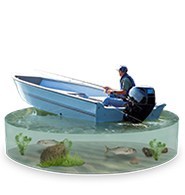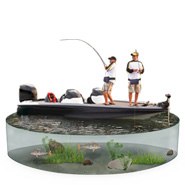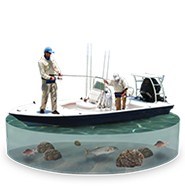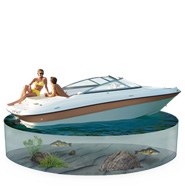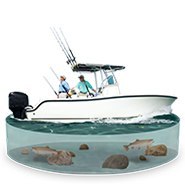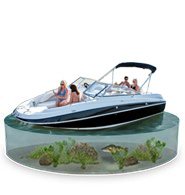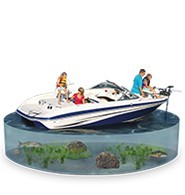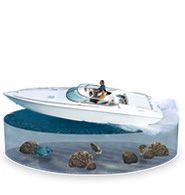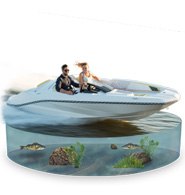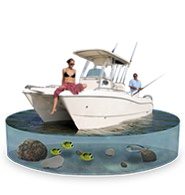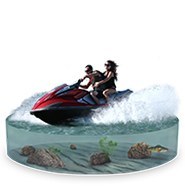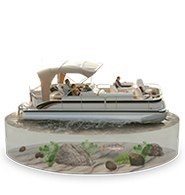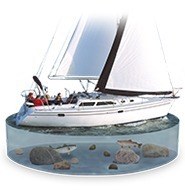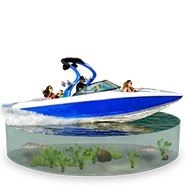Towing & Trailering
Boat Trailer Maintenance & Towing Safety Tips
Types of Trailerable Boats
Trailering can add new dimensions to the sense of freedom that comes with boating and that's one of the reason's it is so popular. With a trailerable boat you're free to go just about anywhere - lakes, rivers, bays or inlets. Trailering is great way to explore different waterways in your province or region. Using a boat trailer is also the most affordable way to store a boat. Our boating safety tips can help you learn all about towing and boat trailer maintenance.
Look for Certified Trailers
Transport Canada considers boat trailers to be motor vehicles. Therefore, trailers must be manufactured in accordance with Transport Canada and, in some cases, provincial regulations. All approved trailers will have a Transport Canada approval label readily visible.
The National Marine Manufacturers Association has developed a trailer certification program to help boat trailer manufacturers comply with established industry standards and federal safety regulations, and to help inform the public of such compliance when purchasing trailers. Trailers are certified in the areas of identification plates, capacity ratings, couplings, safety chains, lighting, winches, brakes, registration procedures, and conspicuity systems.
Inspectors visit the manufacturer and physically inspect each boat trailer model for compliance to all certification standards.
A manufacturer participating in this program must certify all models as fitted with all factory supplied equipment on a model year basis.
Getting Started
If you've never trailered a boat, there are several things you need to consider. First is the towing capacity of your car, truck or SUV. You can find this information in your vehicle's owner's manual. Generally, small family sedans are not suitable for towing, although a small, aluminum fishing boat may not present a problem, provided you have appropriate towing equipment installed on the car. Most standard pick-up trucks and SUVs can trailer boats up to 25 feet, but again, consult your vehicle owner's manual for limitations.
Weighing In
The owner's manual or sales brochure of your boat will list the "dry” weight of the boat, less engine(s) fuel, coolers, gear, etc. When you're assessing your vehicle's towing capacity, be sure to add several hundred to several thousand pounds to the dry weight to account for the engine(s), fuel, coolers, gear and other accessories that every boater seems to accumulate.
Muscle Power
As the weight, length and width (beam) of a given boat increase, so does the muscle power needed to launch and retrieve it. A small boat may be easy for one person to handle at the ramp, but larger boats, generally those more than 25 feet, may require additional hands. Don't be afraid to ask for help at the ramp if you need it. Trailer boaters are always happy to help.
Boat Trailer Maintenance
Trailer hubs and lights get dunked twice every time you go boating. You need to pamper them as you would your boat- this is an essential element of boat trailer maintenance. Do an occasional inspection by popping off the cap with a screwdriver. If the bearings are dry, add grease. It's simple. Conduct routine maintenance by having a friend or family member occasionally stand behind your trailer and make sure the brake lights, taillights and turn signals are in good working order. As with your boat, a thorough freshwater wash down of your trailer after each use will extend the life of your hubs and lights. It's also a great boat maintenance idea to invest in a spare wheel, just in case.
When your boat is off the trailer, inspect trailer bunks or rollers to be sure the padding on the bunks is not worn or embedded with grit or gravel, or if you trailer has rollers, make sure they all spin freely.
See Also



